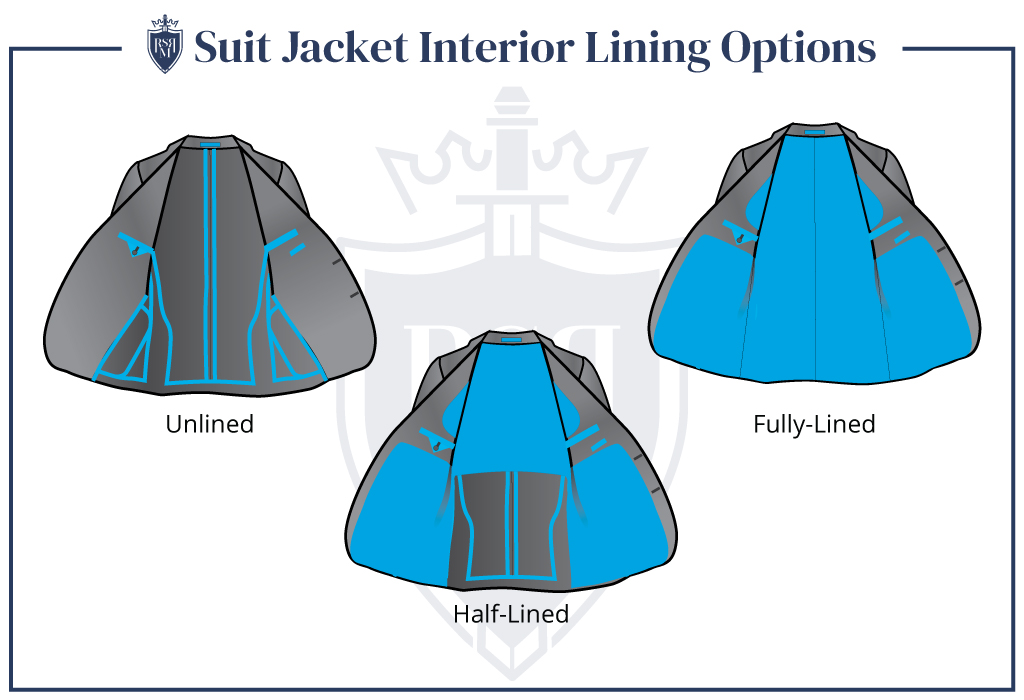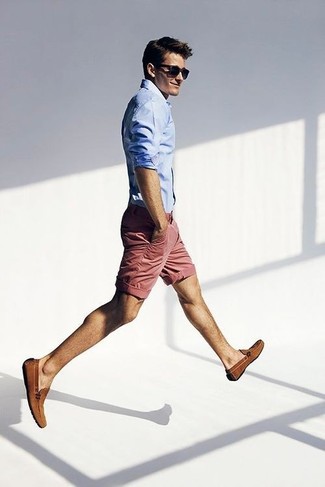
As a general rule – the best fabrics for tropical climates are lightweight and made from natural materials such as cotton or linen.
- Feel the weight of the cloth – it should feel light.
- Hold it up to the light – if you can see through it a bit – that’s a good sign.
- Natural, light fabrics tend to dry faster – a bonus when you sweat.
Lightweight 100% wool is a great option too. There is a general misconception that wool is better in winter but the truth is, lighter weaves of wool are suited for hot weather.
Heavy fabrics tend to cling to your skin and trap sweat – adding a layer of heat between the fabric and your body.
Instead of wearing heavier versions of cotton – such as twill, which is what your jeans are made of – opt for poplin, seersucker, and madras cotton. Broadcloth cotton dress shirts will be cooler than dress shirts made with heavier oxford weaves.

High temperatures combined with high humidity can make life uncomfortable – especially for people not used to tropical conditions.
Humans maintain a cool body temperature by perspiring heat away from the body.
It is important to allow air circulation to maintain a cool body temperature.
Fabrics for hot climates should maximize the flow of air through the clothing, allowing heat and moist air to escape.
The fabrics should be breathable.
fabrics that trap moisture tend to create unpleasant odors. Natural fibers are generally better at soaking up moisture from the skin and allowing it to evaporate from the outer surface.
Cotton is extremely comfortable and allows your body to breathe with ease. It absorbs excess sweat. Linen and other natural fibers also breathe and are good at absorbing moisture.
These fabrics tend to breathe more than synthetics such as polyester.
Just because a fabric is lightweight does not guarantee that it is breathable – a trash bag is lightweight but not breathable.

Some fabrics trap heat by creating an insulating layer over the skin. Synthetic fabrics that are of thicker weaves tend to reflect heat to the body and inhibit the outward flow of warm, moist air.
Synthetic fibers tend to be water-repellent; they allow sweat to build up, reducing evaporation, and causing discomfort and irritation.
Silk is not a good choice as it tends to retain heat. Silk can lose some of its strength through exposure to strong sunlight and perspiration.
With its natural ability to breathe, wool is better than polyester fabrics – especially in tropical weight wool suits.

While it is important to look your stylish best in the heat – protection from the sun’s harmful UV (ultraviolet) rays should be a priority.
Clothing is the most basic form of protection against the sun.
The more skin covered – the better. Long pants cover better than shorts. Long-sleeved shirts are better than t-shirts.
A walk of an hour or more will give you lots of sun exposure on your head, shoulders, neck, back, and cleavage.
Polo t-shirts don’t cover your arms and short-sleeved henleys leave your upper chest exposed to the sun. Opt for long sleeves and t-shirts that cover the sensitive area at the base of your neck.
Finally – don’t forget the sunglasses! But don’t just grab the first pair you see – make sure you know how to find the right sunglasses for your face shape.

The construction of a garment – the way it is made – is just as important as picking the right fabric for men’s clothes in hot weather.
The lightweight and breathable properties of fabric can be rendered useless if the garment is constructed in a way that doesn’t emphasize these properties.
A polyester lining on a 100% lightweight wool jacket restricts the breathability of the wool – making it a poor option for hot climates.
Blazers are usually lined with polyester, satin, or silk – none of which breathe well. This traps heat in the layer between the fabric and the lining.
Unlined blazers and half-lined jackets are your best options in the summer months.

You have the option of slimming the bulk on your blazer by opting for one without an inner lining.
A looser fit on clothes helps in the circulation of air. Baggy or oversized won’t look flattering – a linen shirt fitted slightly looser than a dress shirt will keep you feeling breezy.

Basic physics – dark colors absorb more light. Therefore they are going to be hotter.
Light colors reflect light – making them cooler to wear in the summer.
Dark shades of blue, purple, and green generate thermal energy when exposed to intense sunlight. Lighter colors generate less thermal energy under the same sunlight conditions.
Light reacts to colors in different ways, depending on how much is absorbed or reflected.
Since black naturally absorbs more light than it reflects, more heat is retained. Light reflects more off of white than is absorbed, so white retains less heat.
Since people associate the summertime with sunshine and heat, light-colored clothing may enhance moods in keeping with the season.
Perhaps fashion designers traditionally produce summer season collections in shades of white, beige, pink, and yellow, and people seeking to appear fashionable follow those trends.
Whites, baby blues, grays, creams, yellows, and tans will keep you feeling cooler than blacks, navy blues, or any other dark colors.
Brighter colors will also make you easy to spot in a crowd. Take advantage of the bright weather and rock some color….

